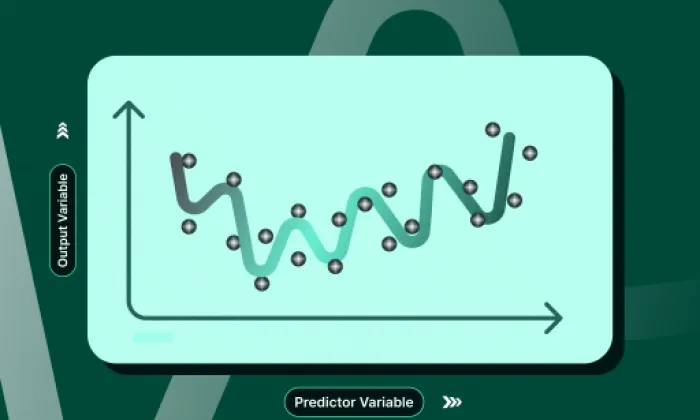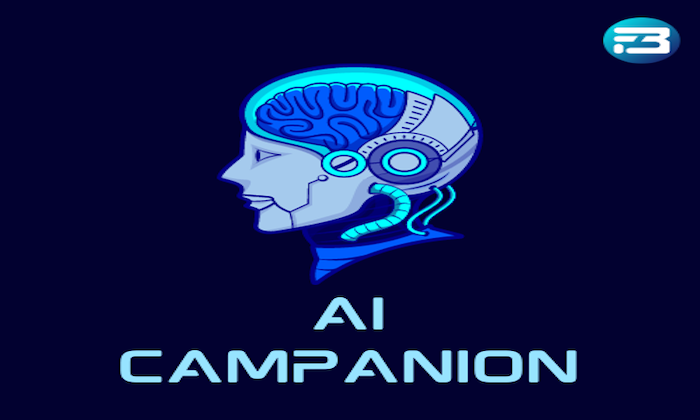What is keyword spotting?
Speech Recognition
Keyword Spotting
Voice Commands
TL;DR: Quick Summary
- Keyword spotting detects specific phrases within live audio streams
- Wake words trigger system activation, while KWS handles follow-up command recognition
- KWS models rely on audio input, signal processing, feature extraction, and trained inference
- FutureBeeAI’s datasets enhance KWS performance across languages and devices
How Keyword Spotting Works: Step by Step
1. Audio Input
Devices continuously capture sound through a microphone, scanning for predefined phrases.
2. Feature Extraction
The raw audio is converted into spectrograms or MFCCs to represent frequency and timing characteristics.
3. Model Training
Neural networks are trained on labeled audio containing diverse accents, noise levels, and speaking styles. This helps differentiate keywords from background speech.
4. Inference and Action
The trained model evaluates incoming audio in real time. If a match is found, a corresponding action is triggered.
5. Feedback and Refinement
Continuous feedback improves model precision, especially when paired with new data from live interactions.
Why Keyword Spotting Matters
- Hands-free convenience: Enables real-time control of devices without manual input
- Low-latency interaction: Especially critical in automotive, healthcare, and home automation
- User personalization: Recognizes user-specific phrases or commands, improving UX and satisfaction
Common Voice AI Applications
- Smart home assistants: Detects phrases like “Turn on the kitchen lights”
- Automotive systems: Allows drivers to issue voice commands safely
- Healthcare workflows: Supports hands-free documentation and navigation for clinicians
- Customer service bots: Interprets customer queries for faster routing and resolution
Challenges and How to Solve Them
Challenge
- Background noise: Use noise-augmented training data and DSP filtering
- Accent and dialect variation: Train with accent-balanced, multilingual datasets from FutureBeeAI
- False positives or misses: Adjust confidence thresholds; use QA-verified annotations.
- Privacy concerns: Deploy on-device models to reduce cloud exposure
On-Device vs. Cloud-Based KWS
- On-device inference: Offers faster responses and increased privacy with smaller model footprints (CNNs or TinyML)
- Cloud-based systems: Support complex models with broader vocabulary and learning capacity but may introduce latency
FutureBeeAI’s datasets are engineered for both edge and cloud deployments, supporting low-resource systems without sacrificing accuracy.
FutureBeeAI’s Keyword Spotting Dataset Solutions
Our Wake Word and Command Speech Datasets are curated for scalable keyword spotting across domains and device types.
We Offer:
- Off-the-shelf datasets in 100+ languages for rapid model development
- Custom speech collections through the YUGO platform for tailored accents, environments, or device types
- Detailed speaker metadata including gender, age group, accent, and background conditions
- JSON and Protobuf-compatible metadata formats for seamless integration
- Two-layer QA validation workflows with ≥98% accuracy and <5% false labels
Case Example:
A smart home company reduced false activations by 30% using our multilingual KWS dataset enriched with real-room noise simulation.
Best Practices for Building Reliable KWS Systems
- Diversify data: Include samples from varied languages, speakers, and background settings
- Retrain regularly: Improve precision by incorporating post-deployment user data
- Test in deployment environments: Simulate the real acoustic conditions your system will face
- Use structured annotation: Leverage labeled datasets with speech segment timestamps and speaker info
FAQ
Q: How is keyword spotting different from wake word detection?
Wake word detection activates the system. Keyword spotting interprets specific commands after the wake word is triggered.
Q: Can keyword spotting run offline?
Yes, on-device KWS systems are designed to work without internet access, making them ideal for automotive and wearable devices.
Q: How long does it take to get a custom KWS dataset?
FutureBeeAI can deliver tailored datasets in 2 to 3 weeks, depending on scope and speaker requirements.
Ready to Elevate Your Voice AI?
FutureBeeAI helps you reduce false wake-ups, improve command accuracy, and build smarter voice interfaces. Whether you're starting from scratch or refining an existing system, our data solutions give your team the foundation for high-performance keyword spotting.
Start your next project today. Contact us for a dataset sample or a customized quote.
What Else Do People Ask?
Related AI Articles
Browse Matching Datasets
Acquiring high-quality AI datasets has never been easier!!!
Get in touch with our AI data expert now!








